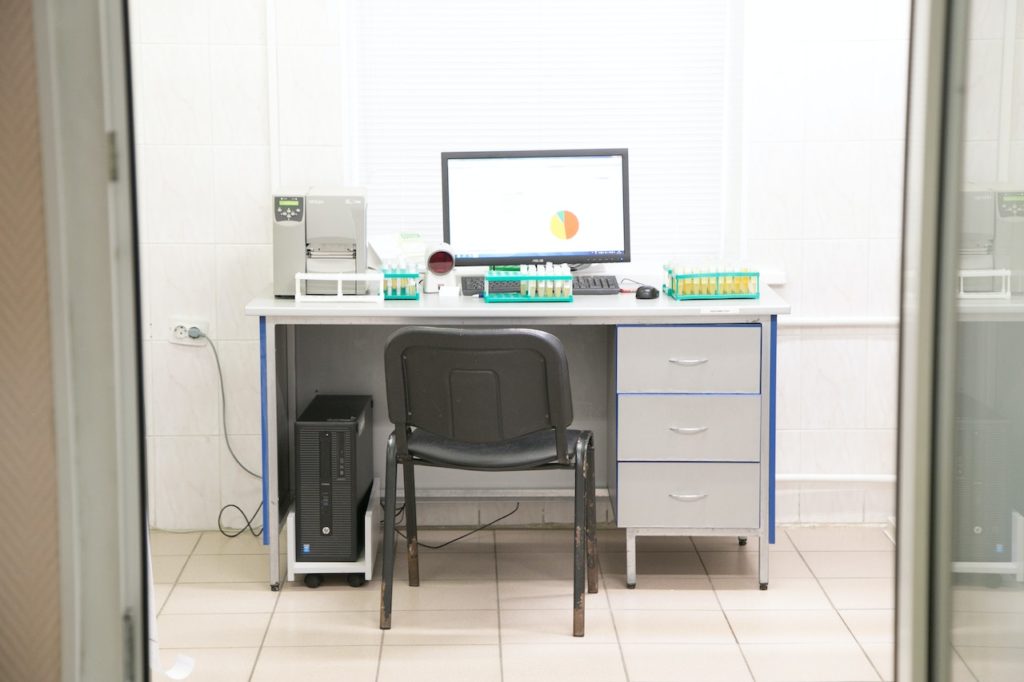Promise Technology is onto a good thing. Thanks to the company’s quick support of Intel’s Thunderbolt technology, its RAID storage solutions are currently the favoured storage accessory offered by Apple on its online store—even though LaCie is also present.
Here we take a look at the company’s brand new offering, the Pegasus, a superb RAID enclosure designed for Macs. Sadly the drive is not Windows compatible.
There are no Windows PCs with the mini-DisplayPort shaped Thunderbolt port, and there are no Windows drivers, even in Boot Camp.
Extreme Data Needs
Designed from the ground up for media and entertainment enthusiasts/professionals running Mac OS X-based computers, the Pegasus is available as either a 4-bay (£640.83 ex. VAT) or 6-bay (£907.50 ex. VAT) RAID enclosure, each supporting RAID 0, 1, 5, 10.
Both models sport a robust aluminum enclosure—to match the latest Macs—and a “smart” fan that keeps system noise to a whisper.
We received the Pegasus R6 for review, which means the unit came pre-installed with six 1TB Hitachi Deskstar drives (6TB total)—each SATA 3.0 drive running at 7,200rpm.
For extreme data needs, the Pegasus R6 can be configured with six 2TB drives for 12TB of raw capacity. Likewise, the 4-bay Pegasus R4 can be configured with either 1- or 2TB drives for a total capacity of 4- or 8TB respectively.
The Pegasus comes pre-configured from the factory with RAID 5 (striping and data parity). So, when the Pegasus is first powered, it automatically initializes and synchronizes the storage, which is required to fully optimize data protection on the drive.
The downside is that this process can take up to 10 hours—and that’s if no other activities are running on the Pegasus!
Thankfully, if the drive is accidentally unplugged before the process is completed, the initialization process will automatically resume once the power cable is re-attached.
Promise bundles a Thunderbolt cable in the box (a saving of £32.50 ex. VAT), but it’s worth noting that the multi-protocol support of Thunderbolt enables up to six Pegasus devices to be daisy-chained for a maximum of 60TB of data storage.
For added convenience, a mini-DisplayPort monitor can be attached to the Pegasus, to use the drive and a monitor simultaneously with only one connection.
Managing the disks themselves is easy thanks to six easily removable trays. Amazingly, the trays aren’t lockable—a concern for businesses—and there is no status screen for feedback regarding spare capacity.
All that’s present on the front of the unit is a backlit power button to indicate power on, errors, or sleep mode, along with status and drive access lights.
The back of the unit includes a standard power jack and two Thunderbolt ports—FireWire, USB and Ethernet are absent.
Management of the Pegasus is made possible through an easy to use, made-for-Mac OS X utility, and the drive can also be used in conjunction with Apple’s Time Machine utility to store backups of invaluable digital media, documents, or an entire computer.

Lightning Speed
The biggest selling point of the Pegasus is its support of Intel’s Thunderbolt technology, an I/O innovation that provides a significant leap in performance over current technologies with 10Gbps of full-duplex bandwidth per channel.
It’s more than 20 times faster than USB 2.0 (480Mbps), 12 times faster than FireWire 800 (800Mbps), and even blazes USB 3.0 (not supported by Apple), which maxes out at 4.8Gbps.
Thunderbolt also makes life a little easier for the end-user by concurrently supporting data (PCI Express) and display (DisplayPort) connections over a single cable.
For time-sensitive data, such as video and audio during creation and playback, data transfer speed is critical.
This is where Thunderbolt technology is so appealing—it was specifically designed with video and audio applications in mind with inherently low latency and highly accurate time synchronization capabilities.
To put this into perspective, a full-length HD movie can be transferred to the Pegasus in less than 30 seconds, while a MacBook Pro is able to simultaneously play four 1080p videos stored on the array without any dropped frames or loss of audio sync.
Even more impressively, a 10GB file can be duplicated in under 20 seconds. By comparison, a laptop running a SATA II SSD takes around 3 minutes to duplicate the same data.
Summary
It’s fair to say that Thunderbolt is one of the most impressive computing technologies we’ve seen in the past few years.
Media enthusiasts who use Final Cut, Adobe Photoshop, Maya 3D and other popular bandwidth-intensive applications stand to benefit a lot from this technology.
The Pegasus delivers a massive leap in performance compared to USB and FireWire storage devices and allows high-end video, photo and music producers to playback and transfer multiple streams of uncompressed content in a flash.
Sure it’s expensive, isn’t available diskless or pre-fitted with 10,000rpm HDDs or SSDs, lacks a status display and isn’t very secure, but the bandwidth offered by the Pegasus is so much more than anything out today.
Thunderbolt drives will start to decrease in price once more manufactures release products, but for now the Pegasus is a premium product demanding a premium price.